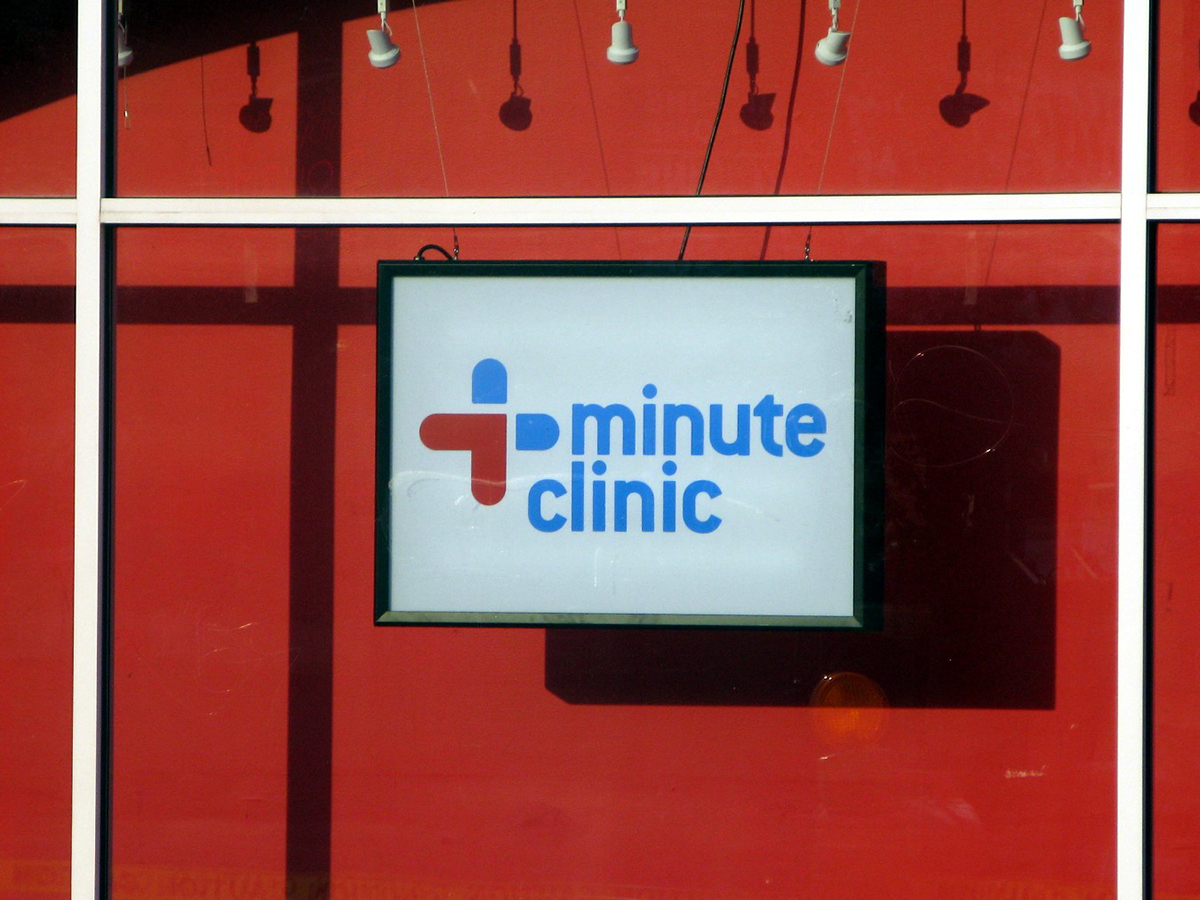Study: Retail Clinics May Actually Increase Healthcare Costs

Minute Clinic photo by frankieleon via Flickr/Creative Commons
Retail clinics have popped up all over Massachusetts in the past decade, located in pharmacies and bigger stores such as Target and Wal-Mart. The original goal of retail clinics sounded simple enough: give patients a cheap and convenient care resource, and reduce expenses for the healthcare system. Everybody wins.
The reality, however, looks a little different. While clinic users may save some money, a recent study by researchers at Harvard Medical School (HMS) and research firm RAND Corporation found that retail clinics may actually increase overall health care spending.
Published in the March edition of Health Affairs, the study looked at how many users are opting for less-expensive clinics instead of costlier physician or ER visits. Researchers analyzed use patterns in almost 520,000 patients who had used retail clinics, compared to another sample of roughly 860,000 patients who had not. They found that 58 percent of retail clinic users were actually using the facilities for care they likely wouldn’t have received otherwise—namely for low-severity illnesses or injuries—rather than using them as an alternative to traditional care.
“These findings suggest retail clinics do not trim medical spending, but instead may drive it up modestly because they encourage people to use more medical services,” senior author and HMS associate professor Ateev Mehrotra said in a statement. “Retail clinics do offer benefits such as easier access to medical care, but the widely expected cost savings may not be realized.”
In total, the researchers found that retail clinics spur a $35 per person, per year, increase in medical spending. When balanced by the subset of people who do use minute clinics instead of higher-cost care, the total averaged out to an annual $14 increase per person—a 21 percent increase in spending for non-urgent visits.
The study shows the mixed blessing of retail clinics: They’re easy, fast, and may encourage those who legitimately need care to seek it out. On the other hand, Mehrotra added in the statement, they may not be accomplishing their financial objectives.
“If the goal is to lower costs,” he said, “then encouraging use of retail clinics may not be a successful strategy.”


